Premium Only Content
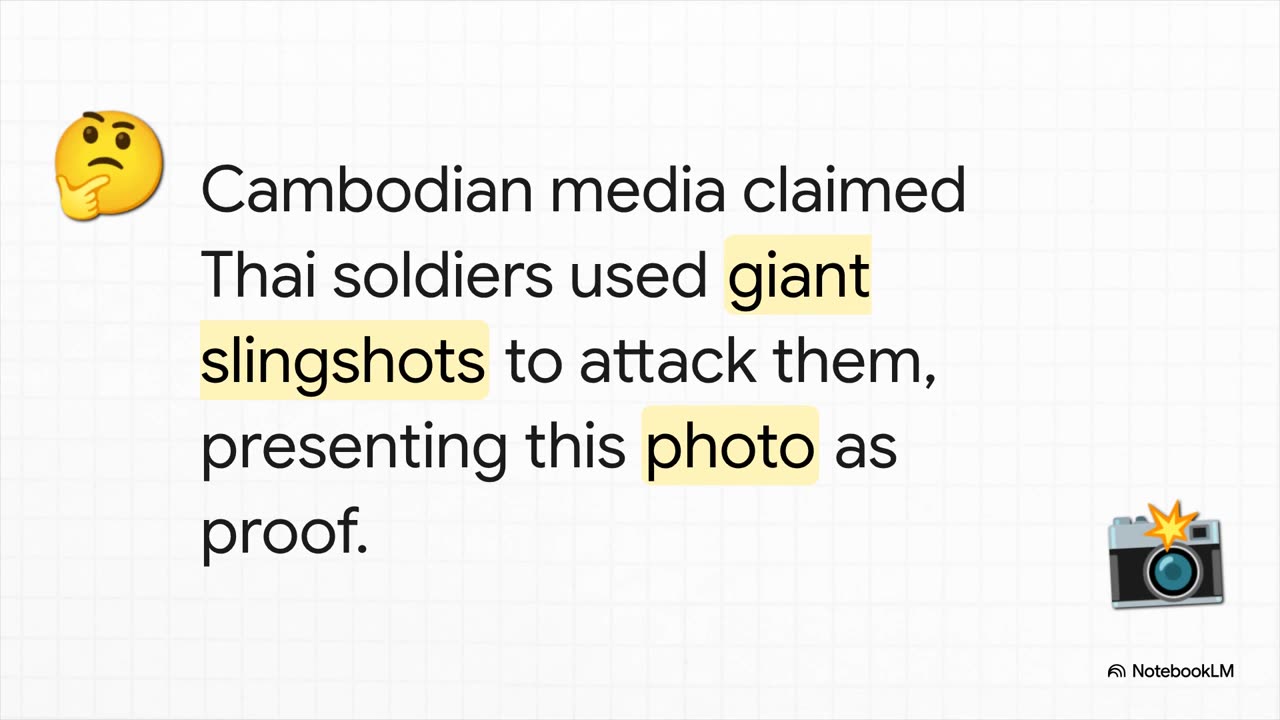
Border Conflict: Truth and Deception
"Truth and Deception" has become an important tool used by both sides to achieve their own goals.
Truth
Truth in this context means information that is accurate and verifiable, which may include:
Historical evidence: Documents, maps, or records that show the original ownership of an area.
International law: Treaties, agreements, or decisions of the International Court of Justice related to borders.
Current situation: Satellite images, videos, or news reports that confirm the actual event.
Presenting the truth openly and consistently aims to legitimize one's actions and to mobilize support from the international community.
Deception
Deception is the use of disinformation, fake news, or propaganda to mislead opponents and observers. Deception can take many forms, such as:
Historical distortion: Interpreting history from a self-serving perspective or creating a story that does not actually exist.
Disinformation: Spreading false news about violence or human rights violations by opponents.
Use of fake images: Using images of events from other locations to claim they occurred in the disputed area.
Deception aims to discredit an opponent, create confusion, and legitimize actions that may not be legitimate.
Interconnectedness
In border conflicts, "truth and deception" often intermingle inextricably. Each side may use partial truth to support deception, or deception to conceal unfavorable truths. "Information Warfare" is the term used to describe this situation, where the control of information is as important as the control of the physical territory.
It is therefore important to understand the difference between truth and deception in conflict situations so that you can analyze the situation correctly and avoid being easily influenced by either side.
-
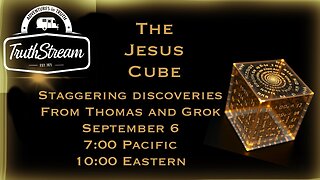 2:42:40
2:42:40
TruthStream with Joe and Scott
18 hours agoTHOMAS AND GROK: AI, Bible decodes, The JESUS Cube live 9/6 #487
44.7K10 -
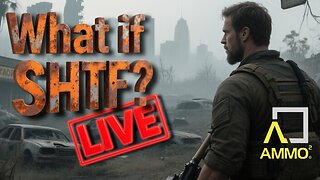 2:34:46
2:34:46
BlackDiamondGunsandGear
12 hours agoGet Prepped / After Hours Armory / LIVE SHOW /
29.5K2 -
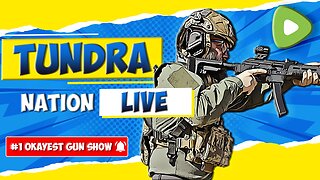 2:01:39
2:01:39
Tundra Tactical
11 hours ago $11.04 earned🛑LIVE NOW!! This spits in the face of the Second Amendment.🛑
37.5K8 -
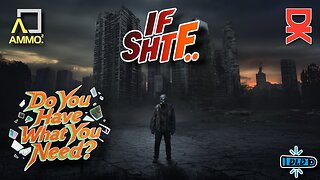 2:34:46
2:34:46
DLDAfterDark
10 hours ago $4.63 earnedIt's SHTF! Do You Have What You Need?? Let's Review Items & Priorities
26.5K6 -
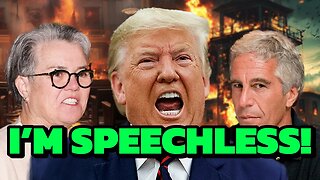 28:58
28:58
Stephen Gardner
11 hours ago🚨Explosive allegations: Rosie O’Donnell connects Trump to Epstein scandal!?
43.7K84 -
 9:22:47
9:22:47
SavageJayGatsby
2 days agoSpicy Saturday | Let's Play: Grounded
53.2K2 -
 2:06:27
2:06:27
MattMorseTV
12 hours ago $54.65 earned🔴Vance just went SCORCHED EARTH.🔴
133K197 -
 46:41
46:41
The Mel K Show
17 hours agoMel K & Corey DeAngelis | The Hopelessly Captured Teacher’s Unions: Biggest Threat to Our Children & Future | 9-6-25
39.7K6 -
 2:52:42
2:52:42
Mally_Mouse
1 day ago🔥🍺Spicy HYDRATE Saturday!🍺🔥-- Let's Play: Grounded
34.6K3 -
 1:32:27
1:32:27
Patriots With Grit
13 hours ago"HELP... They're Killing Me" | Gail Seiler
14.6K1